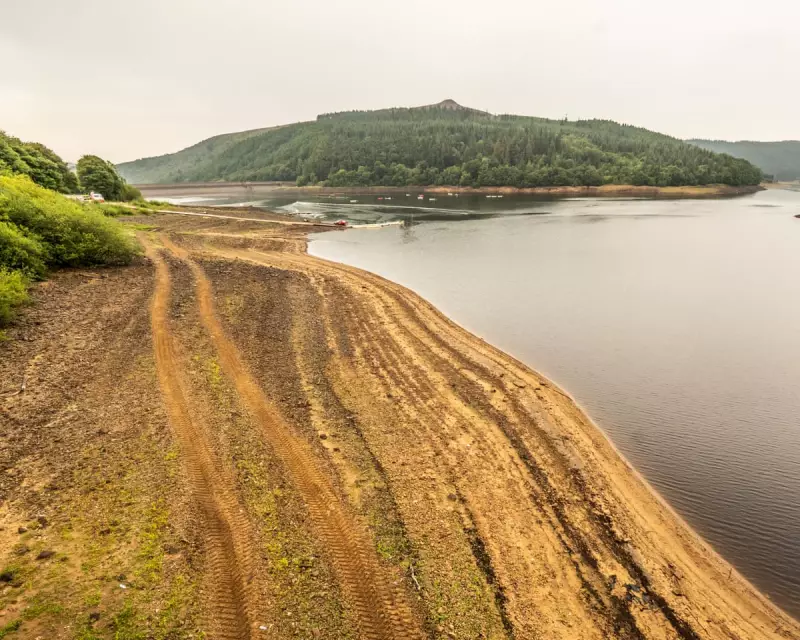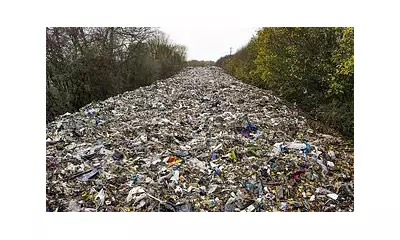
England is staring down the barrel of a parched future. A perfect storm of chronic underinvestment, environmental neglect, and a legacy of disastrous policymaking has left the nation's water supply on the brink of a catastrophic failure. This isn't a future prophecy; it's a crisis unfolding in slow motion, with millions already facing hosepipe bans and the grim spectre of standpipes returning to streets.
A System in Freefall: Leaks, Debt, and Profits
The numbers tell a damning story. A staggering 20% of all treated water is lost daily through a Victorian-era network of leaking pipes—enough to fill 1,200 Olympic-sized swimming pools. This waste is compounded by a toxic financial model. Since privatisation, water giants have saddled themselves with £60 billion in debt while paying out billions in dividends to shareholders. The result? A bankrupt infrastructure, soaring customer bills, and rivers polluted by endless sewage discharges.
The poster child for this failure is Thames Water, the nation's largest supplier, now teetering on the edge of insolvency and threatening the livelihoods of its 7 million customers.
The Regulatory Failure: Ofwat's Toothless Watchdog
At the heart of the crisis lies a regulator, Ofwat, that has consistently failed to wield its power. Allowing companies to prioritise debt-fuelled shareholder payouts over essential infrastructure investment has been a catastrophic miscalculation. The regulatory framework has proven too weak, too short-termist, and utterly incapable of forcing the mammoth investment required to future-proof the nation's most vital resource against a changing climate.
Beyond the Quick Fix: The Radical Solutions Needed
Tinkering at the edges will no longer suffice. The scale of the emergency demands a fundamental rethink:
- Demand Management: A nationwide push for water efficiency, from mandatory water meters for all households to incentivising the installation of water-saving devices in every home and business.
- Supply Revolution: A massive, state-backed programme to build new reservoirs and water transfer systems between regions, projects stalled for decades by political short-sightedness.
- Infrastructure Overhaul: An urgent, war-time effort to repair and replace the crumbling network of pipes, drastically cutting the billions of litres lost to leaks every day.
The Nationalisation Question: Taking Back Control of Water
The most contentious solution is also the most logical: bringing the entire system back into public ownership. The current model is broken. A publicly owned, nationally coordinated water authority could bypass the profit motive, access cheaper government borrowing for investment, and manage water as a public good, not a financial asset. The political will, however, remains the biggest hurdle.
The message is clear: stop-gap hosepipe bans are a mere distraction from the systemic rot. Without immediate, radical, and politically courageous action, the day the taps run dry is no longer a question of if, but when.





